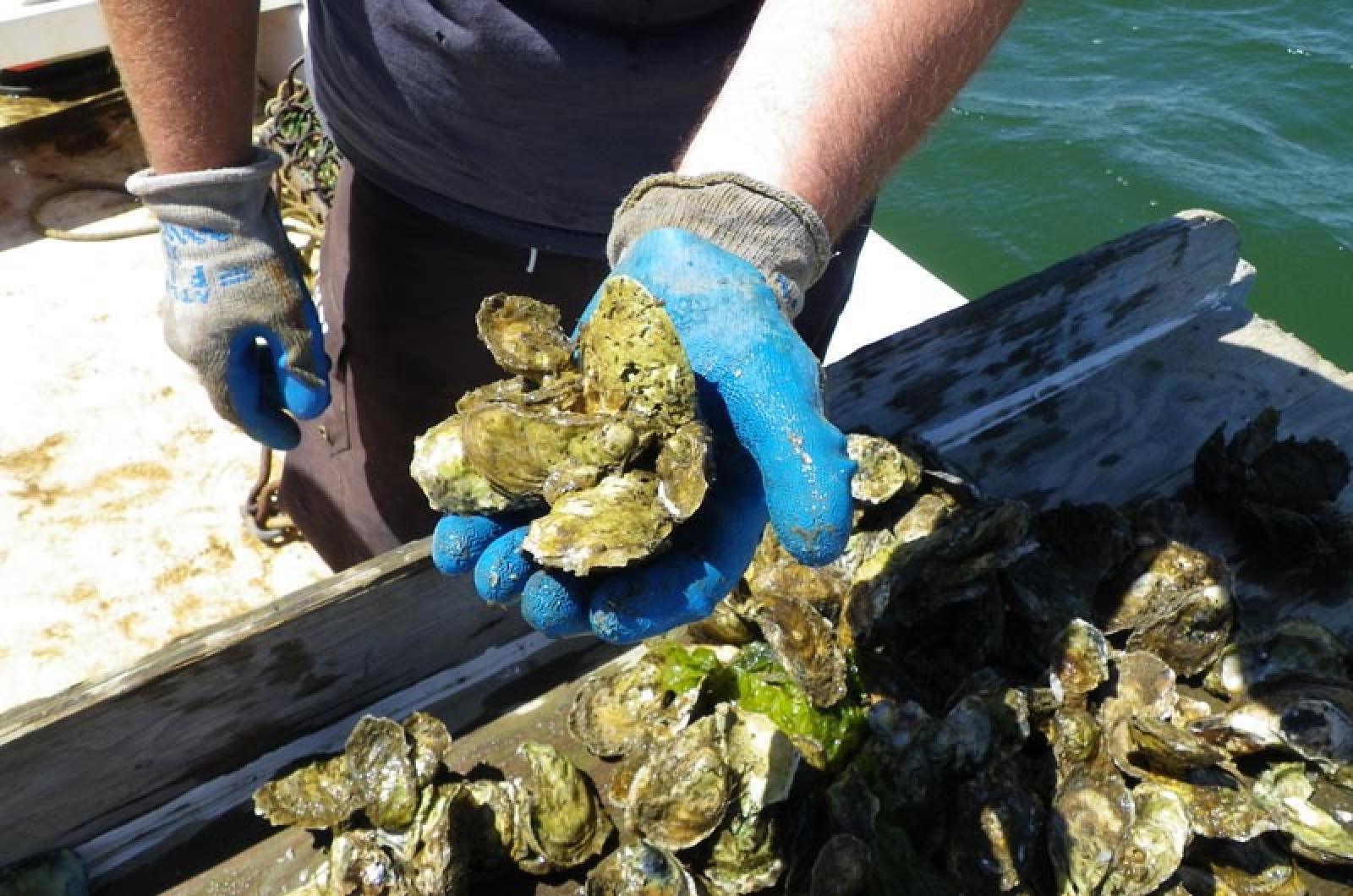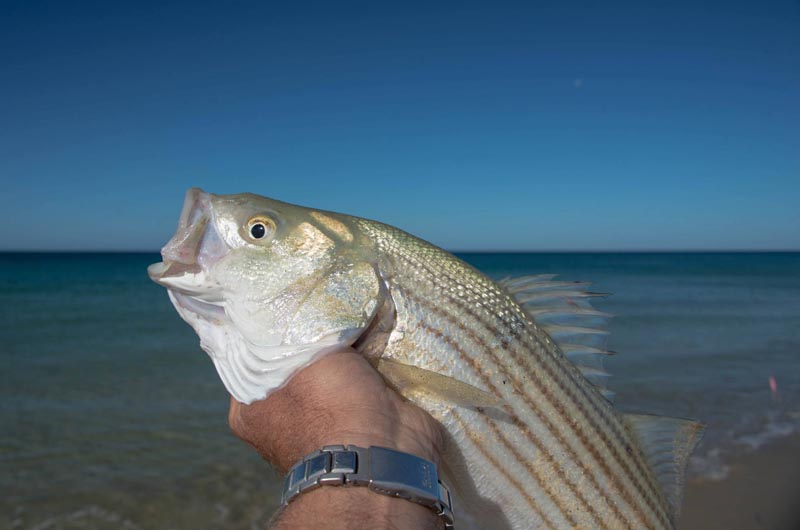The best treat available in the local fish market, and in the restaurants, is something you haven’t eaten in a while — black sea bass, another Vineyard waterfront success story.
We haven’t had the option of buying black sea bass in local fish markets during the summer for at least a half dozen years, if not more. If you have an aversion to oily tasting fish like bluefish, this is your kind of fish. Black sea bass is a white delicate flaky fish that is perfect any way it is cooked.
How could you have missed this fish in the past? Prior to this year, the fish wasn’t available because the fishery was closed. But there have been significant changes in the management of this fish.
Black sea bass used to be hammered in the spring in Nantucket Sound by the commercial fishing fleet. There was a small quota and the fish were taken within days. Black sea bass come into Nantucket Sound in early spring to feed and spawn. Lots of fish, many loaded with eggs, were harvested. To local fishermen, this was a poor practice. Killing one fish loaded with eggs is killing the spring’s youngest fish. A number of Vineyard fishermen complained.
The idea to wait for the fish to spawn before harvesting them took a while to catch on and wasn’t universally popular. Anyone who enjoyed commercial fishing for black sea bass in the spring was deeply impacted. But the idea of holding off until summer prevailed.
Massachusetts commercial fishermen have a 282,100 pound quota, which is not a big quota. It is slightly more than a quarter of the commercial striped bass quota of 997,869 pounds. It is one of the smallest of finfish quotas in the state. Tautaug has the smallest quota in the state, with an annual quota of 58,063 pounds.
Recreational anglers have been catching and cooking black sea bass for years. In a conservative measure, the state this year reeled in those anglers by giving them a lower daily quota than in the past. If you are out catching black sea bass with a rod and reel, you have a daily bag limit of four fish and the minimum size is 14 inches.
Sensitive consumers of seafood, who want to eat a fish that is doing well, have a hard time feeling comfortable about eating some fish with a clear conscience. But bluefish, fluke, striped bass and black sea bass definitely deserve to be on a short list of sustainable fisheries. However, as we run into September the season is already closed for fluke and striped bass and not everyone likes the flavor of bluefish. The time is right for black sea bass.
The forecast for the future is also positive. We know many more baby fish spawned this spring, and there are a huge number of juvenile fish swimming in the Sound.
Striped Bass Hiccup
The state Division of Marine Fisheries will reopen the commercial striped bass fishing season on Sunday for one day. Last week, fishermen received an email that the commercial season was closed prematurely earlier this month, with at least another 50,000 pounds of fish available. Commercial rod and reel fishermen with a striped bass permit can go fishing on Sunday.
The state reported: “The standard possession limit of five fish per Sunday remains in place; this limit applies to any individual fisherman fishing from shore or to any vessel regardless of the number of individually licensed commercial fishermen aboard. The trip limit is per vessel and per day regardless of the number of trips taken. The fishery will re-close at 0001 hours [after midnight] on Monday, September 2, 2013.”
Premature closing of the fishery reflects the inexact business of trying to figure out when a state quota has been reached. Massachusetts commercial fishermen had a 997,869 pound quota this year. As of this week, with landing reports still coming in, the quota taken so far is 946,091 pounds.
No one wants to overshoot the quota since the overage will come off next year’s quota.
Shellfish Season
There is a bounty of juvenile oysters in Tisbury Great Pond. Rick Karney, director of the Martha’s Vineyard Shellfish Group, reports that he’s received positive news about the wild set of oysters spawned in the great pond. In an email to followers and friends of the shellfish group, Mr. Karney wrote: “This year we had another heavy set of juvenile oyster spat in the pond and many of the adult oysters are covered with new tiny oysters. This is evidence of a healthy population and hope for future abundance.”








Comments
Comment policy »